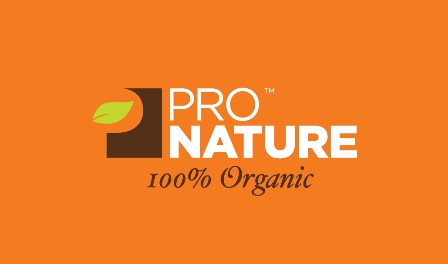So you’ve heard that organic food is more nutritious than conventionally grown food. You’ve also heard that it tastes better. But you still have your doubts. Today ProNature aims to dispel them to a certain extent by giving you a small sample of data to ponder about over the weekend.
Image Credit: chiron.valdosta.edu
In a survey conducted among 175 people, 117 preferred the taste of organic food. Clearly in that sample space, organic food came out the winner as far as taste is concerned!
In a study conducted by Rutgers University, USA, the mineral content of organic and non-organic food was compared and the results are here for you to see. You can see how significantly more nutritious organic food really is.
Percentage of Dry Weight | Quantities per 100 Grams Dry Weight | Trace Elements. Parts per million Dry matter | |||||||||
Vegetable: | Mineral Ash | Phosphorus | Calcium | Magnesium | Potassium | Sodium | Boron | Manganese | Iron | Copper | Cobalt |
Snap Beans Organic Non-organic | 10.45 4.04 | 0.36 0.22 | 40.5 15.5 | 60 14.8 | 99.7 29.1 | 8.6 0.9 | 73 10 | 60 2 | 227 10 | 69 3 | 0.26 0 |
Cabbage Organic Non-organic | 10.38 6.12 | 0.38 0.18 | 60 17.5 | 43.6 13.6 | 148.3 33.7 | 20.4 0.8 | 42 7 | 13 2 | 94 20 | 48 0.4 | 0.15 0 |
Lettuce Organic Non-organic | 24.48 7.01 | 0.43 0.22 | 71 16 | 49.3 13.1 | 176.5 53.7 | 12.2 0 | 37 6 | 169 1 | 516 9 | 60 3 | 0.19 0 |
Tomatoes Organic Non-organic | 14.2 6.07 | 0.35 0.16 | 23 4.5 | 59.2 4.5 | 148.3 58.8 | 6.5 0 | 36 3 | 68 1 | 1938 1 | 53 0 | 0.63 0 |
Spinach Organic Non-organic | 28.56 12.38 | 0.52 0.27 | 96 47.5 | 203.9 46.9 | 237 84.6 | 69.5 0 | 88 12 | 117 1 | 1584 49 | 32 0.3 | 0.25 0.2 |
It would be a favour to our bodies, which are already under the onslaught of urban living conditions and pollution, to pamper them with nutritious organic food. Clearly demonstrated above, though in a small sample, is the superiority of organic food and how it is perfect for our health. We hope that this mining exercise on mineral facts has helped to make you a little more curious about organic food than before. Have a great weekend!








